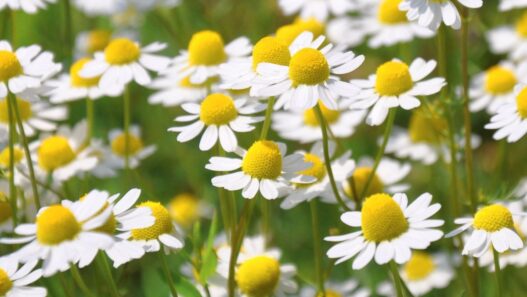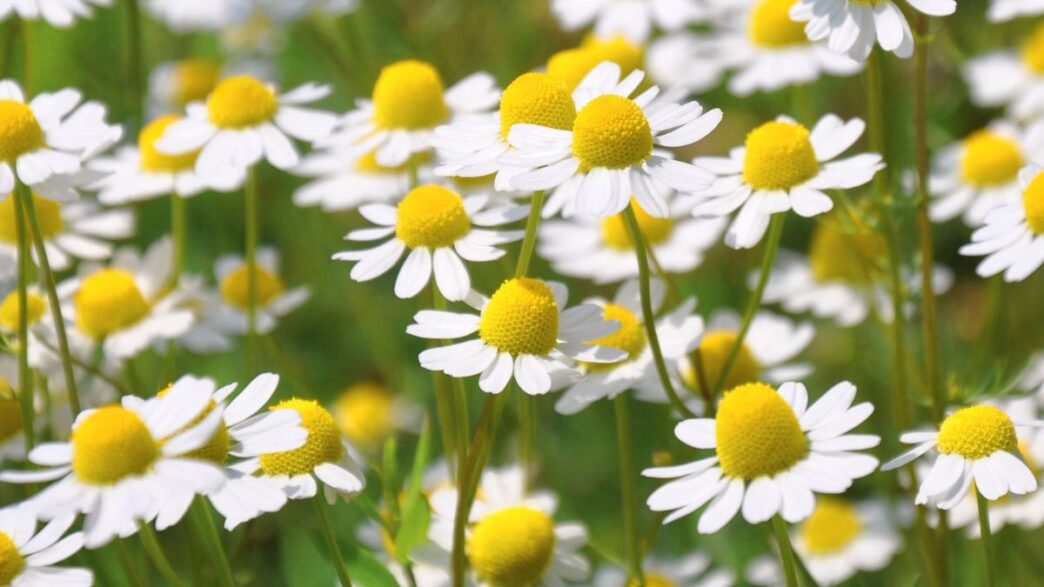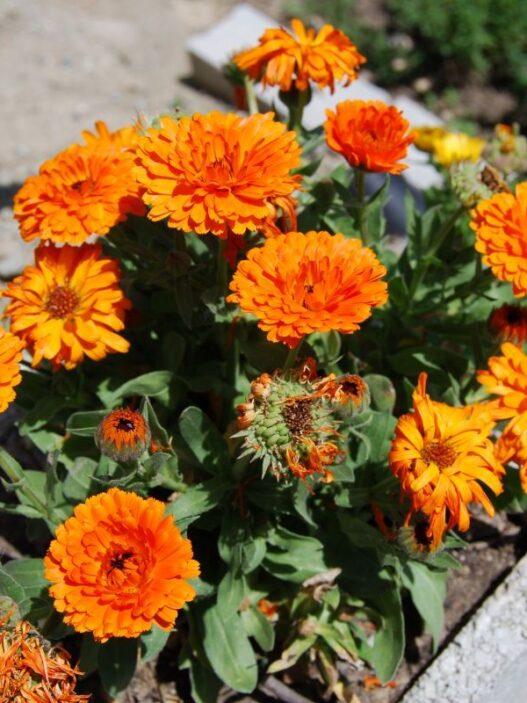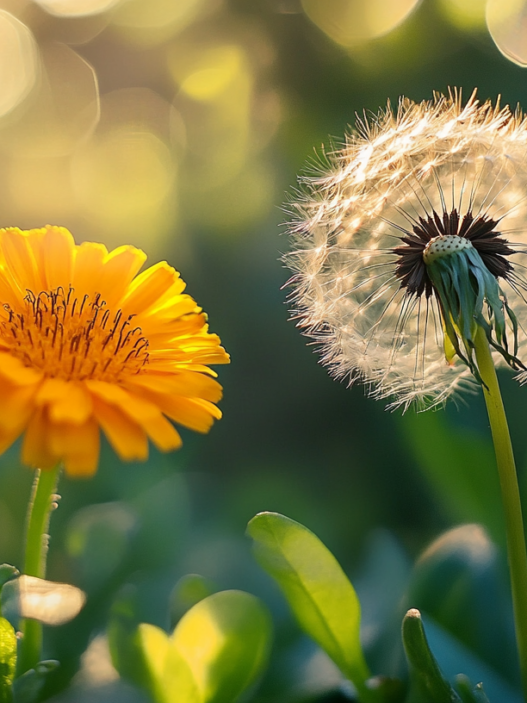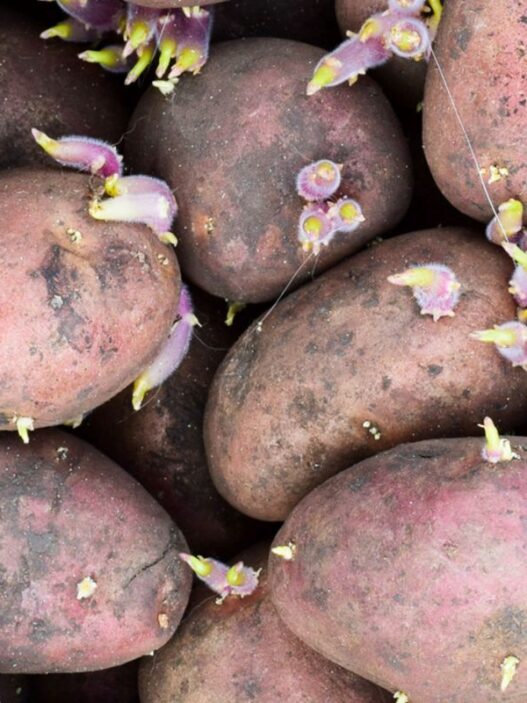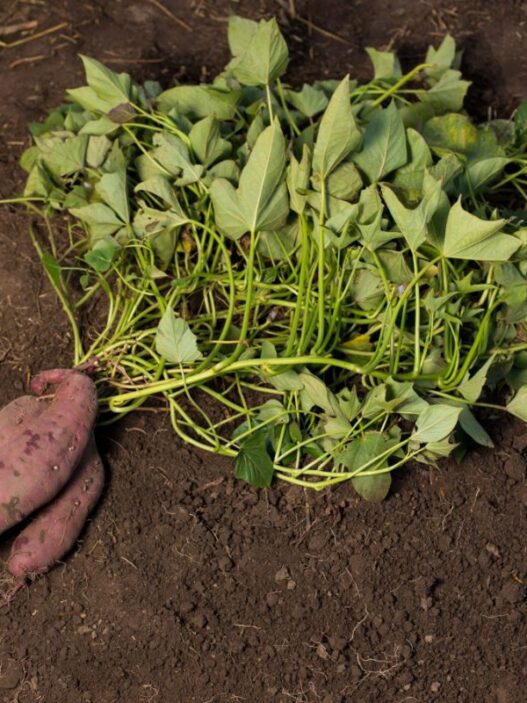I’ve been growing gorgeous calendula and chamomile for many, many moons! Though there are some similarities between these beautiful daisy-like plants, there are loads of differences.
The main 7 differences between calendula and chamomile are:
- Their scientific classification (obviously!)
- Their origin and distribution
- The size
- Their flower shape and color
- Their leaves
- Their growing conditions
- Their uses
In this post, I’ll take a look at all seven of these, and explore any further top tips for you to try in growing these two gorgeous plants.

Calendula vs. Chamomile: Overview
Here are the key differences between calendula and chamomile flowers:
| Calendula | Chamomile | |
| Classification | Family: Asteraceae Genus: Calendula | Family: Asteraceae Genus: Matricaria, Chamaemelum |
| Origin | Europe, Asia, and North Africa | Europe, Africa, and Asia |
| Description | Annual or perennial herbaceous flowering plants. Produces bright yellow or orange flowers with a dark brown central disk. | Annual or perennial flowering herbs that produce small, white daisy-like flowers. |
| Growing Conditions | Light: full sun to partial shade Soil conditions: well-drained, organic matter-rich soil. Soil pH: 6-7 Temperature range: 50°F-70°F USDA zones: 2a-11b | Light: full sun to partial shade Soil conditions: well-drained, organic matter-rich soil. Soil pH: 5.6-7.5 Temperature range: 60°F-68°F USDA zones: 4-9 |
| Uses | Culinary applications, fabric dyes, and skin ointments, among other medicinal uses | Herbal medicine |
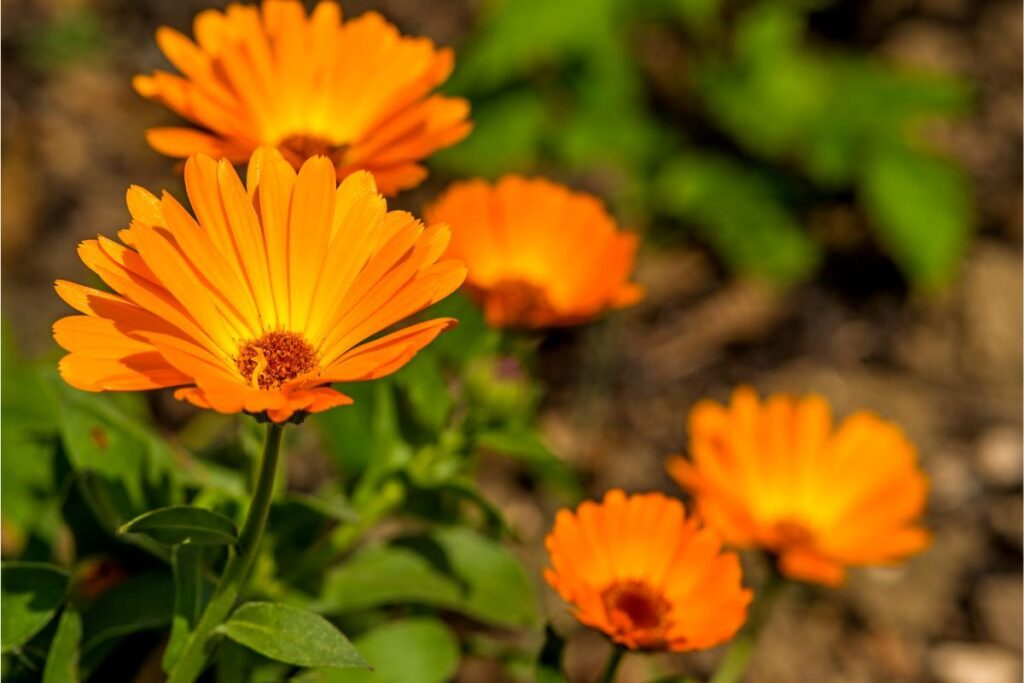
The Main 7 Differences Between Calendula and Chamomile Plants
While both are daisy-like flowering plants, calendula and chamomile have several differences.
Those include their classification, origin, and growing conditions. Aside from that, those plants have different physical traits and uses.
Let’s discuss each difference in further detail!
1. Scientific Classification
As you might know, both calendula and chamomile are members of the daisy family, Asteraceae.
The former belongs to a small genus with the same name, Calendula. It contains around 15 to 20 identified species.
The most well-known member of this group is Calendula officinalis, commonly known as pot marigolds.
Most calendulas are herbaceous, flowering plants that bloom in the summer and spring.
You can grow them as annuals or perennials, depending on the climate. However, generally, calendulas are short-lived plants in warmer regions.
Chamomile, on the other hand, can refer to several plants in the daisy family.
However, only two species, Matricaria chamomilla, and Chamaemelum nobile, are popular and commonly used in herbal products. Still, other chamomile species can go into the mix.
The former variety is known as German chamomile, while the latter has Roman, English, or garden chamomile as common names.
Both plants are flowering herbs, with Matricaria being mostly annual. As for Roman chamomile plants, they’re perennials.
2. Origin and Distribution
Calendula originates from southern and western Europe, the Mediterranean, and southwestern Asia. They’re also local plants in Macaronesia.
From their origin, you can see that calendula prefer cool temperatures, particularly between 50°F and 70°F. However, they can tolerate warmer climates, thriving in USDA zones 2a-11b.
Chamomile plants, on the other hand, are native to numerous regions.in Europe, Asia, and Africa.
Typically, chamomile plants thrive in moderate temperatures, between 60°F and 68°F.
Still, those herbs can grow in warmer conditions, as long as the temperature is below 100°F. So, you can cultivate them in USDA zones 4-9.
One thing they have in common is that calendula and chamomile plants aren’t native to the US and were introduced there hundreds of years ago.
3. Size
Although they vary in size according to the species, calendula plants are generally taller than chamomile herbs.
The former can range between 10-12 inches. However, some species, like Calendula officinalis, are 2 feet tall.
Since chamomile plants are herbs, they are short-sized. They have erect stems that can have a height between 8 and 24 inches.
4. Flower Shape and Color
Both calendula and chamomile plants produce daisy-like flowers. The former develops bright yellow or orange blooms with a size of 3-6 inches—a great choice if you’re looking to add some color to your yard.
Calendula flowers consist of a central dark brown disk. Surrounding that center portion are single, double, or multiple layers of ray florets—small, strap-shaped flowers.
Compared to calendulas, chamomile flowers are small, having a size of 1-3 inches. They have a bright yellow center and around 7-20 white ray florets.
Combine their small size with their delicate colors, and you can expect chamomile flowers to make excellent indoor plants.
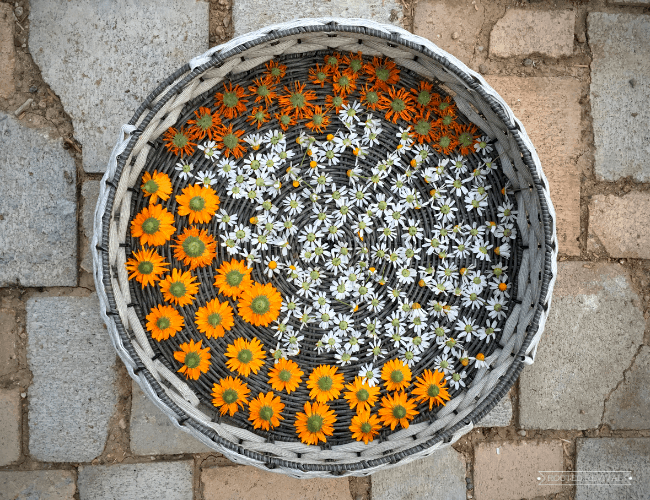
5. Leaves
Calendula and chamomile plants produce green, fragrant foliage that is generally 3-6 inches long. Although, some species, like Chamaemelum nobile, have shorter foliage lengths of 1-3 inches.
When it comes to shape, calendulas are obovate, oblong, and lanceolate. They have dentate margins and follow a simple arrangement. Plus, calendula leaves are covered with hair.
Chamomile plants, on the other hand, have filiform or linear compound leaves. That means each leaf consists of numerous leaflets sitting on a common stalk.
Aside from that, chamomile foliage follows an alternate or opposite arrangement. Depending on the species, those herbs can have hair covering their leaves.
6. Growing Conditions
Like most members of the daisy family, calendula and chamomile plants are easy to grow.
The former prefers full sun for at least six hours in the morning and partial shade for the rest of the day. In extremely hot weather, keep calendulas in dappled shade, as they might not tolerate the heat.
As for the soil, pot marigolds prefer loamy-textured soil that’s well-draining and rich in nitrogen. A slightly acidic to neutral pH, between 6 and 7, would be ideal for those flowers.
Chamomile likes similar light conditions to calendulas. They also prefer nutrient-dense soil but can survive poorer pot mixes—although they won’t grow as quickly.
Those herbs aren’t picky about the pH, thriving in neutral soil between 5.6 and 7.5. Chamomile plants are drought-tolerant, so they won’t appreciate soggy soil. Only water those plants when they dry out.
7. Uses
Thanks to their striking colors, calendula flowers make excellent fabric dyes. While they’re edible, the former is typically used for garnish in the kitchen.
What’s more, calendula plants promote tissue growth, a perk that makes them excellent for treating wounds, among other skin conditions.
Chamomile plants, particularly Matricaria chamomilla, are called the star of herbs for a reason. The former contains more than 120 natural products with numerous pharmaceutical applications.
However, most people use chamomile as an herbal medicine to help treat various digestive problems. Those include indigestion and diarrhea. The former can also be a relaxant, helping alleviate motion sickness and nausea.
